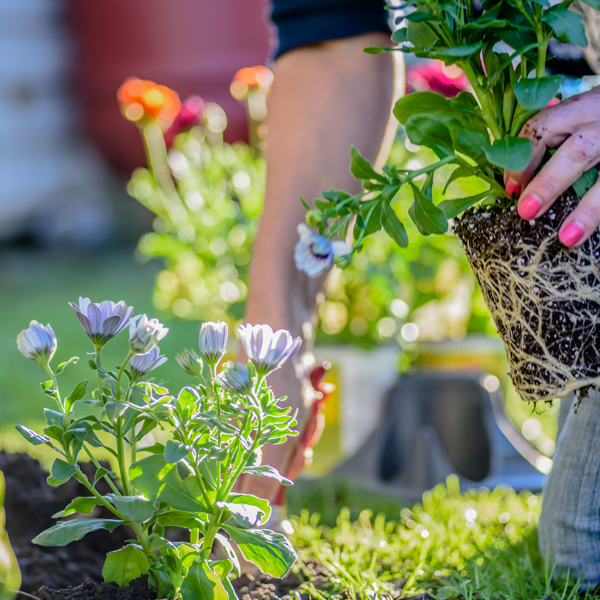
By Wayne Mezitt
I’ve been rather surprised this “unusual” spring how well-prepared our customers seem to be when they come to visit our garden centers. Perhaps thanks to their enforced at-home isolation, people seem to have invested time and effort researching the plants they are purchasing. Or possibly it’s due to the awkwardness of asking a lot of details from staff while observing social-distancing guidelines. Whatever the reasons, this seems to be different from our past experience.
To achieve optimum success in their gardens, homeowners must understand and take into account a few fundamental details about their yard. Most important: the extent of sun and shade; soil quality, including drainage, organic content and moisture retention; challenges like septic systems, power lines, steep slopes, wind exposure, stumps or existing growth to remove; pests such as deer, rabbits voles or other issues.
Most of these factors are relatively simple to assess. But less instinctual for most is knowing what plants to choose. The amount of plant information is enhanced, now as never before, by the incredible availability of internet information. Our nursery, and many others, now publish lists of plants and products currently available at their stores, and this is very helpful when we know what we want.
But more challenging is asking the right questions; it’s hard to overstate the value of personal homeowner-with-professional interaction at the local garden center. Central to making plant choices is envisioning how the area is to be used, by whom and for how many years. Equally important is the amount of time and resources owners can commit to preparing the site, following through to assure plants become established in the ground, and appropriate maintenance going forward.
One factor we all tend to neglect is anticipating how plants realistically change over the years. Some plants, mostly herbaceous perennials, grow to reach only a predetermined size and seldom overwhelm their spaces. But these are the exceptions. Personally, I’m spending many hours this year pruning (even “editing”= removing!) trees and shrubs, planted not so many years ago, that have now matured, crowding nearby plants in my trial gardens.
Allowing for plant growth necessitates installing new (and smaller) plants with enough space to grow, so the resulting garden won’t look “finished” until plants grow larger. Try adding “temporary/filler”” plantings like colorful annual flowers or summer-tropicals to gaps and open spaces. Annual herbs like dill, nasturtium, basil, and parsley can also be decent choices. Even vegetables like chard, carrots, lettuces, beets, corn, kale, peppers, tomatoes, fennel, and cabbage might be an option. Fillers that can survive over winter include rhubarb, strawberry, lavender, thyme, sage, oregano, rosemary, and chives.
We’re all trusting that our current crisis will return to a more normal situation soon. Until then, it might be very helpful to take the time to visit nearby gardens, observe plantings and visualize how these ideas might be used in your own yard. And don’t be fearful about checking with an advisor about your choices —they are happy to help you accomplish the results you want.
Wayne Mezitt is a 3rd generation nurseryman, a Massachusetts Certified Horticulturist, now chairman of Weston Nurseries of Hopkinton, Chelmsford & Hingham MA, and owner of “Hort-Sense”, a horticultural advisory business. He currently serves in various capacities on several horticulturally-related organizations, including the Massachusetts Horticultural Society at The Gardens at Elm Bank in Wellesley MA, and chairman for the Massachusetts Invasive Plant Advisory Group (MIPAG).







